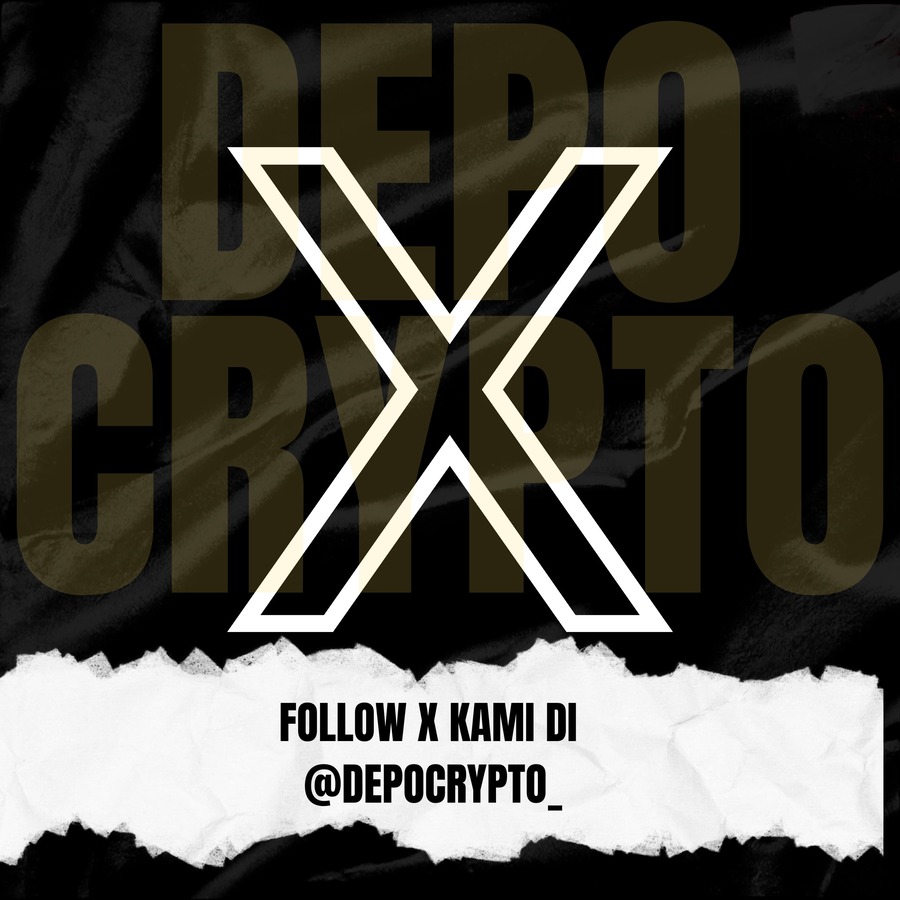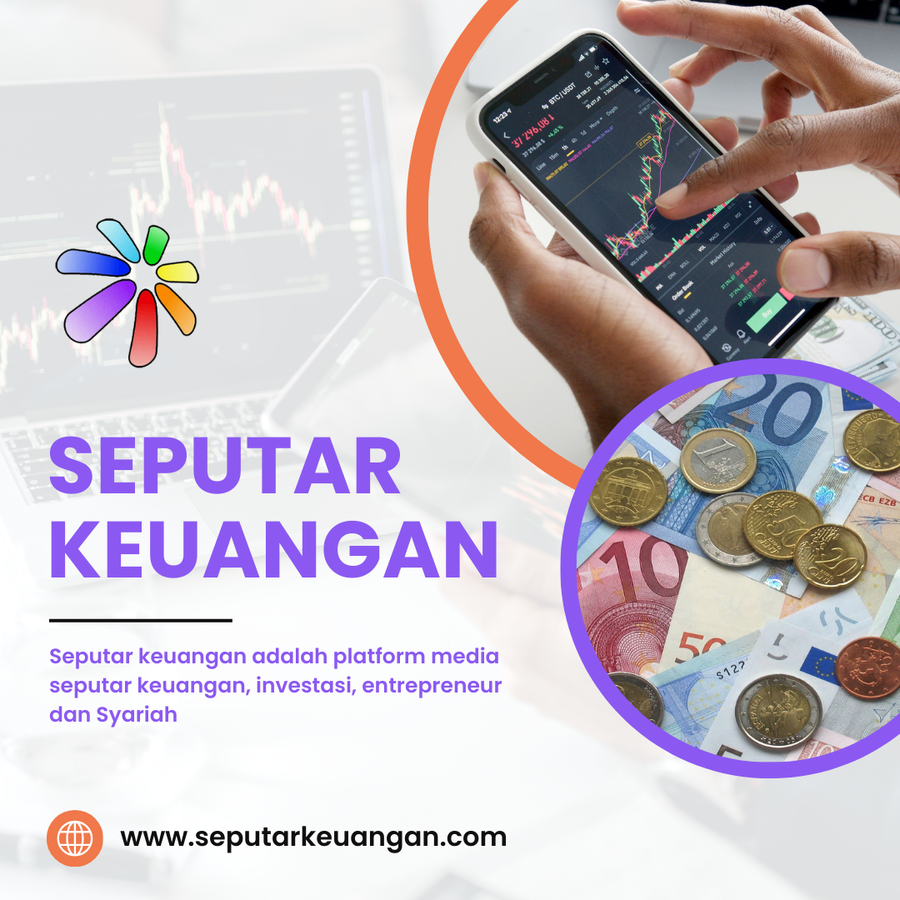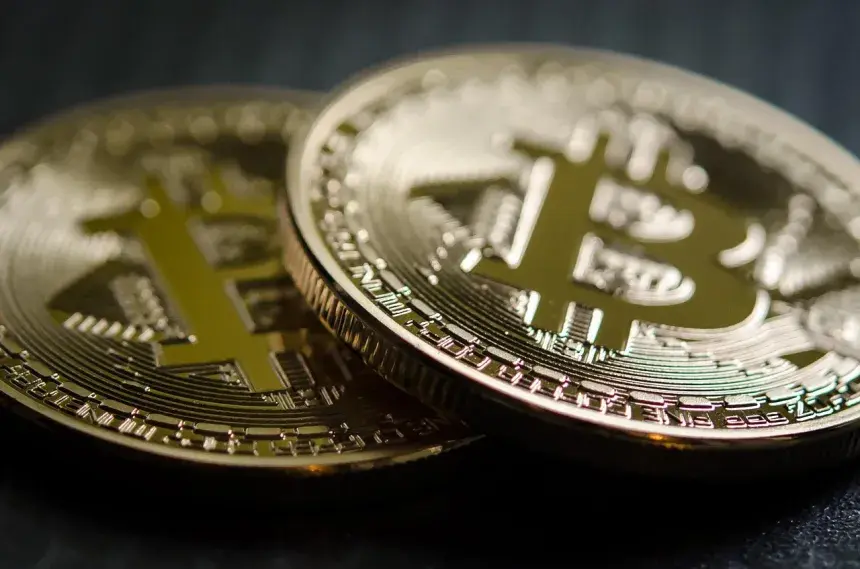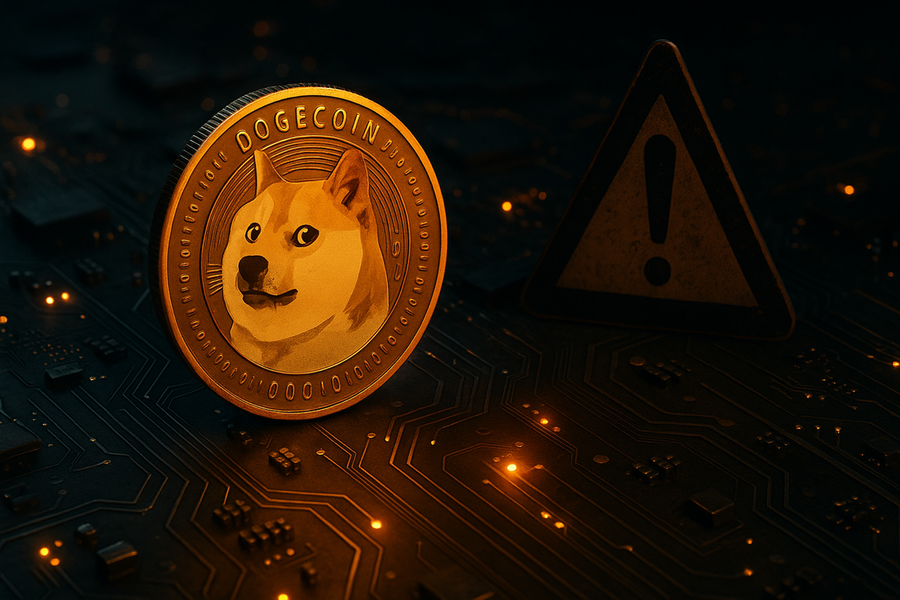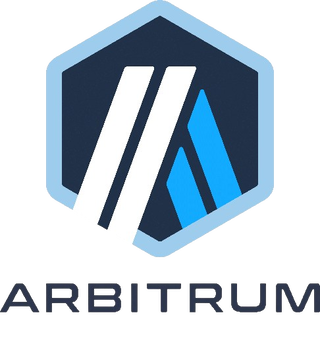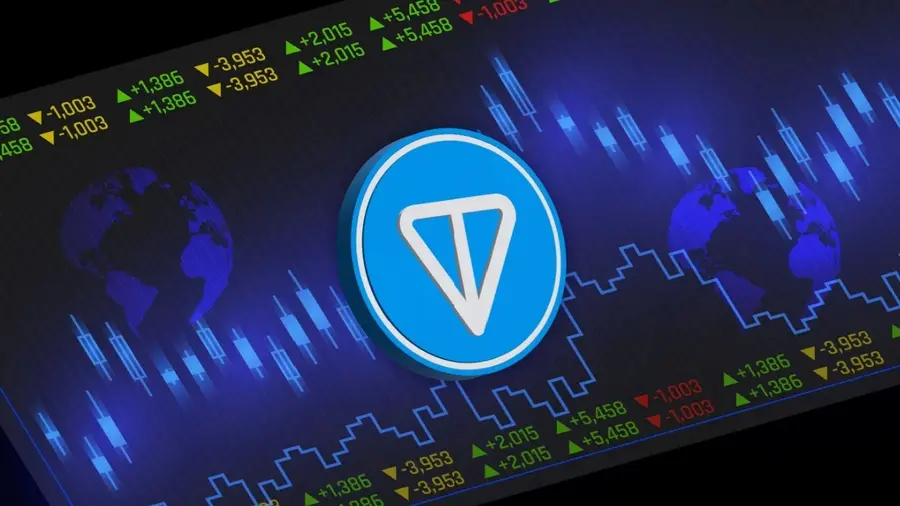
TON Strategy Starts Buying Back Tokens and Staking to Earn On-Chain Revenue
TON Strategy: Share Buybacks, TON Staking, and a New Phase of Capital Management
TON Strategy Company (Nasdaq: TONX), a Las Vegas–based digital asset treasury firm, is stepping up its game. No longer relying solely on long-term accumulation of toncoin (TON), the company has begun staking TON to earn recurring on-chain revenue. This move complements a large-scale share buyback program and forms part of a disciplined capital allocation strategy aimed at maximizing per-share value while maintaining flexibility to expand its TON treasury.
Strategic Actions Taken
1. Share Buybacks Below Treasury Asset Value (TAV)
- TON Strategy has launched a US$250 million share repurchase program.
- To date, the firm has repurchased over 250,000 shares of its common stock at an average price of US$8.32 per share, well below the Treasury Asset Value (TAV) of US$12.18 per share as of September 11, 2025.
- By buying back shares at a discount, the company effectively increases each remaining shareholder’s claim on its assets.
2. Staking TON Treasury
- The company has started staking toncoin on The Open Network to generate staking rewards.
- Its treasury currently holds about 217.5 million TON tokens.
- With an estimated annual yield of ~4.8%, full staking could bring in tens of millions of dollars per year in additional revenue.
3. Ecosystem and Market Moves
- TON has expanded its reach by becoming available on major retail platforms including Gemini, Robinhood, and Zengo, giving retail investors broader access.
- TON Strategy officially rebranded and began trading under the ticker TONX on Nasdaq in early September 2025.
- Before this transformation, the company raised nearly US$558 million in a private investment in public equity (PIPE) to reinforce its focus on TON as its primary treasury asset.
Why It Matters
- From Passive to Productive: Staking transforms TON holdings from passive reserves into an active source of recurring income.
- Capital Allocation Discipline: Repurchasing shares below TAV signals management’s confidence that shares are undervalued, while staking strengthens long-term yield potential.
- Liquidity and Accessibility: With TON listed on mainstream platforms, adoption and liquidity could expand, enhancing both TON’s value proposition and TONX’s attractiveness.
Latest Figures
- TAV per share: US$12.18 (as of Sept. 11, 2025)
- TON treasury size: ~217.5 million TON tokens
- Shares repurchased: >250,000 at US$8.32 average price
- Market performance: TONX stock fell about 7.5% in a single day following the buyback announcement and has dropped nearly 40% in the past month
Key Risks
- Volatility of TAV: TAV depends on TON’s market price, which can swing sharply.
- Staking Risks: Includes slashing, lock-up periods, fluctuating yields, and governance risks within The Open Network.
- Market Sentiment: Despite buybacks, shares have continued to fall, showing how investor confidence can diverge from management actions.
- Regulatory Uncertainty: TON’s ties to the Telegram ecosystem could draw regulatory scrutiny in the future.
Conclusion
The combination of share buybacks and TON staking marks a significant shift for TON Strategy Company. The firm is no longer depending solely on long-term price appreciation but is actively creating revenue streams to compound shareholder value.
Still, the outcome depends heavily on TON’s price stability, staking returns, market conditions, and regulatory developments. If successful, TON Strategy could become a model for digital asset treasury firms of the future. If not, its concentrated exposure to TON makes the downside risks equally significant.


